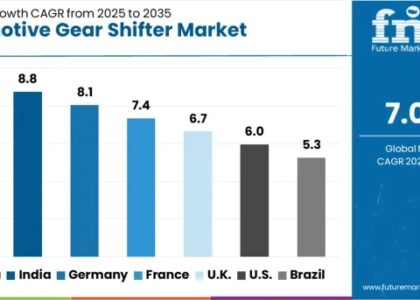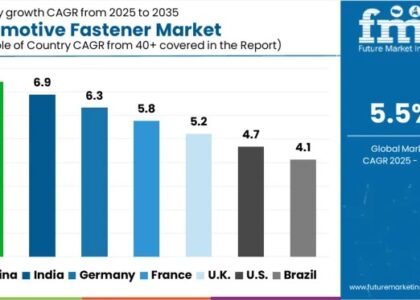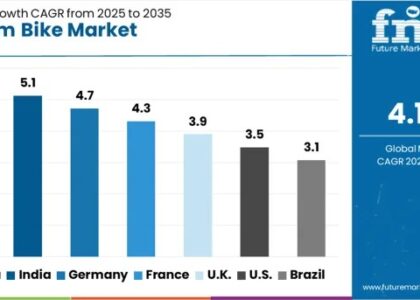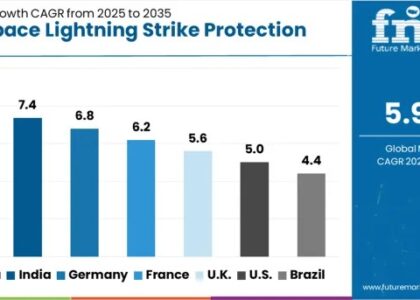
From 2023 to 2033, the dried soup market is expected to grow at an excellent 7.9% CAGR, outpacing the 1.4% CAGR observed between 2018 and 2022. The market value of dried soup increased from US$ 2.1 billion in 2023 to US$ 4.5 billion by 2033, indicating a notable increase in demand.
The need for quick eating options and a fast-paced lifestyle have led to a rise in the global demand for ready-to-eat foods. The development of value-added, organic, gluten-free dry soups, increased availability through various retail channels, creative packaging, and marketing campaigns are all contributing to the growth of the dried soup market.
Due to their ease and nutritious benefits, dried soups are a favorite among the working class. Due to rising disposable income, rising demand for ready meals, and the addition of wholesome components, the industry is anticipated to expand. Growth is hampered by worries about preservatives, but opportunities are presented by organic soups and product developments.
The market for dried soup is expanding due to rising demand for quick meals and healthy eating practices. Growth is being fueled by gluten-free and organic choices, although concerns about the high levels of maize and salt may deter customers.
Key Takeaways
- The market for dry soup in India is anticipated to expand significantly due to the nation’s predicted 7.6% CAGR by 2033.
- The market for dry soup in the United Kingdom is anticipated to continue growing steadily, with a 6% CAGR predicted by 2033.
- China’s predicted 6.7% CAGR by 2033, the dried soup industry in China is expected to flourish.
- The dried soup market in Australia is anticipated to grow moderately, with a CAGR of 1.2% by 2033.
- The market for dry soup in Japan is anticipated to expand gradually because of the country’s predicted 4.7% CAGR by 2033.
Competitive Landscape
A wide variety of competitors, including global corporations, local businesses, and specialized producers, characterize the dried soup market. The market is dominated by major international companies like Nestlé, Unilever, Campbell Soup Company, and Knorr, thanks to their broad product lines and well-known brands.
Regional players are essential in the dry soup industry as well, particularly in their home regions. By providing regional specialties and traditional flavors, these players concentrate on appealing to local preferences and tastes. To achieve greater market penetration, they frequently form strong ties with regional distributors and merchants.
Additional variables that affect the competitive environment include price tactics, product quality, innovative packaging, and promotional activities. To remain competitive in the market, businesses always work to offer new flavors, refine product compositions, and improve packaging designs.
Buy Report Now! https://www.futuremarketinsights.com/checkout/5066
Dried Soup Market by Category
By Product, the Dried Soup Market is Segmented as:
- Dehydrated Dried Soups
- Instant Dried Soups
By Packaging, Dried Soup Market is Segmented as:
- Pouches
- Cups
- Boxes
By Sales Channel, Dried Soup Market is Segmented as:
- HORECA
- Modern Trade
- Convenience Stores
- Online Stores
- Others
By Region, Dried Soup Market is Segmented as:
- North America
- Latin America
- Europe
- East Asia
- South Asia
- Oceania
- Middle East & Africa (MEA)
Recent Developments
- In introducing new flavors and product variants, Knorr has concentrated on adapting to changing consumer tastes. They have created a selection of dried soups to accommodate various nutritional needs, including vegetarian, vegan, and gluten-free alternatives. With the aid of this tactic, Knorr has been able to expand its customer base and satisfy the rising demand for specialty food items.
- Knorr has focused on altering its products to accommodate shifting consumer preferences by producing new flavors and product variations. To meet different dietary requirements, they have developed a variety of dried soups, including gluten-free, vegetarian, and vegan options. This strategy has allowed Knorr to increase its consumer base and meet the growing demand for gourmet foods.
About Future Market Insights (FMI)
Future Market Insights, Inc. (ESOMAR certified, recipient of the Stevie Award, and a member of the Greater New York Chamber of Commerce) offers profound insights into the driving factors that are boosting demand in the market. FMI stands as the leading global provider of market intelligence, advisory services, consulting, and events for the Packaging, Food and Beverage, Consumer Technology, Healthcare, Industrial, and Chemicals markets. With a vast team of over 5000 analysts worldwide, FMI provides global, regional, and local expertise on diverse domains and industry trends across more than 110 countries.
Contact Us:
Future Market Insights Inc.
Christiana Corporate, 200 Continental Drive,
Suite 401, Newark, Delaware – 19713, USA
T: +1-845-579-5705
For Sales Enquiries: sales@futuremarketinsights.com
Website: https://www.futuremarketinsights.com
LinkedIn| Twitter| Blogs | YouTube





